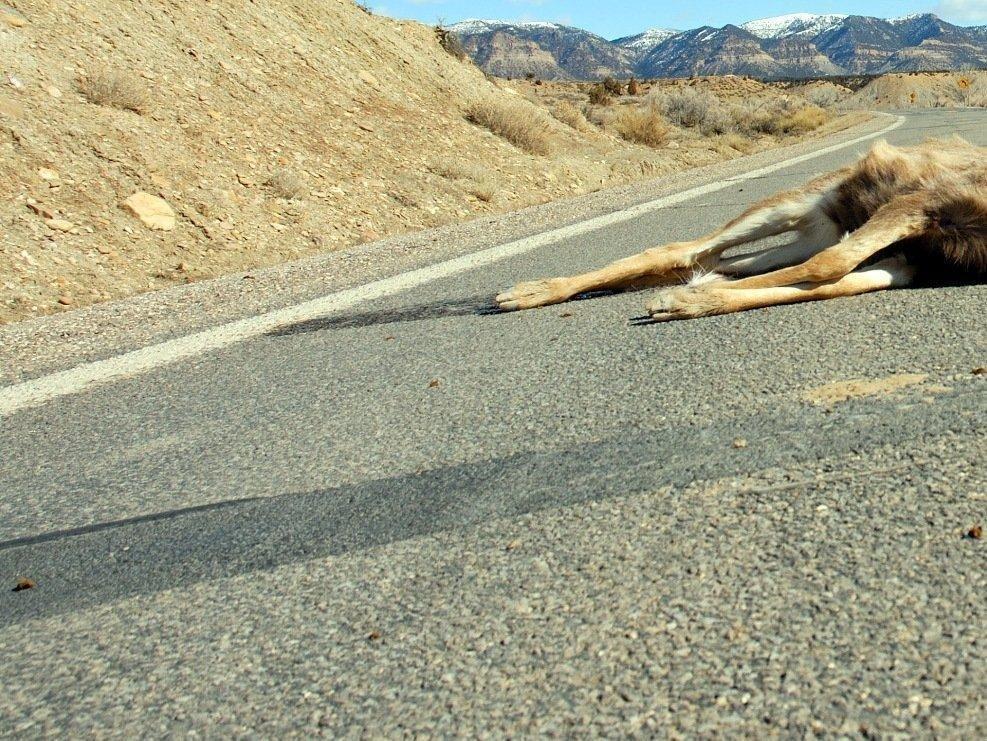It’s nice to have extra daylight in the morning. But if you’re driving in deer country, Daylight Savings Time can be a mixed blessing later in the day.
As soon as the sun goes down, deer get active and start to feed. Having the sun go down one hour earlier in the evening, when many people are coming home from work or leaving home for the night’s activities, can spell trouble.
More information about the number of deer that are killed on Utah’s roads will be gained through studies the Division of Wildlife Resources is conducting in cooperation with Utah State University. “The studies will give us better numbers,” says Anis Aoude, big game coordinator for the DWR. “But even without solid numbers, we know a lot of deer are killed on Utah’s roads every year.”
And it’s not just the total number of deer that are killed that’s concerning. Utah’s deer herds contain mostly does and fawns. Unlike the hunting season — when mostly bucks are taken — does and fawns are the deer that are usually killed by vehicles.
“Losing a buck isn’t as critical to the overall health of the deer herds,” Aoude says. “One buck will breed several does. But every doe that’s lost means fewer fawns in the state’s herds the next summer.”
Fortunately, you can do several things to reduce the chance that you hit a deer while driving:
- While you can hit a deer any time of the day, be especially careful when it’s dark. Remember, deer feed actively as soon as the sun goes down.
- Slow down, especially if you’re driving at night.
- Instead of looking straight ahead, be aware of what’s happening on the edge of the road. That’s the area from which a deer can spring into your path.
- Remember that deer usually travel with other deer. If you see one deer, it’s likely other deer are just off the edge of the road. Any of those deer could spring into your path.
- If you see a deer in the road and realize you can’t slow down enough to avoid hitting it, don’t swerve. If you swerve at high speed, you might lose control of your vehicle and go off the road. Hitting a deer is better than rolling your car.
- If cars aren’t approaching you from the opposite direction, keep your high beams on as much as possible. Having your high beams on will help you see deer at a greater distance.
- If you’re traveling on a multi-lane road, travel in the inside lane instead of the outside lane. Traveling in the inside lane will put more distance between you and deer along the side of the road.


